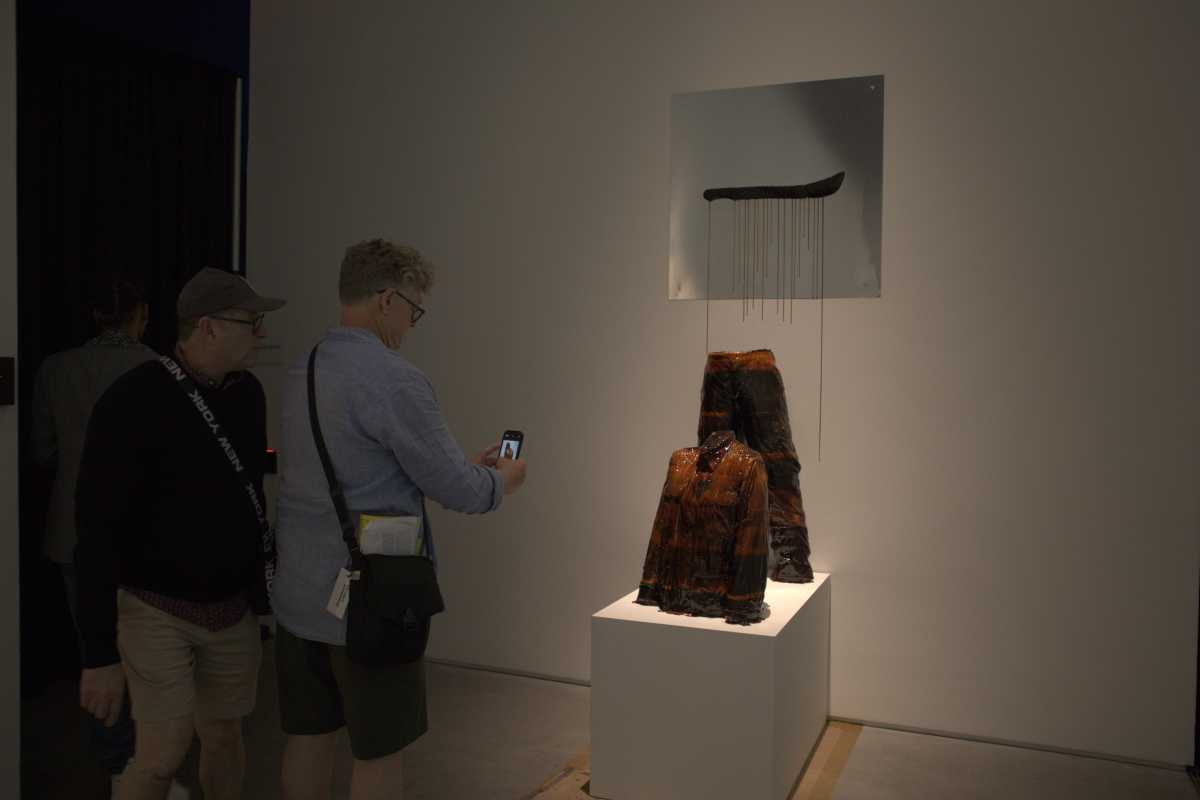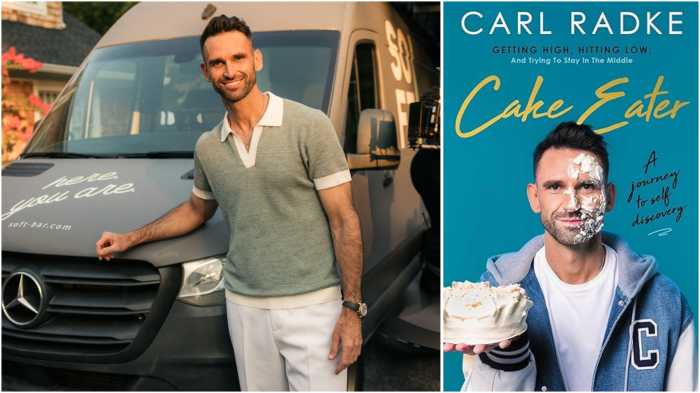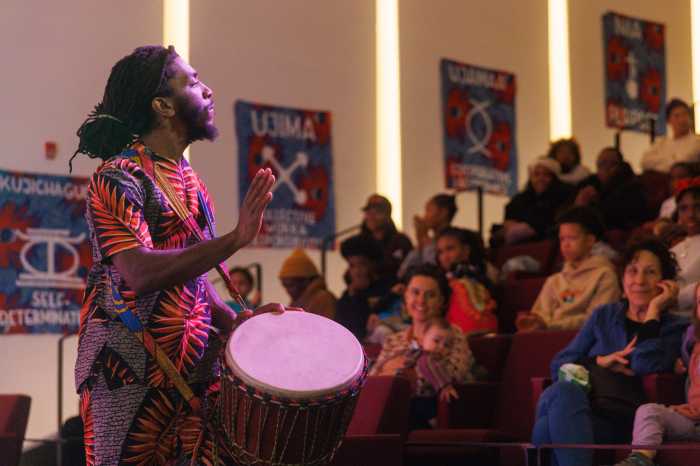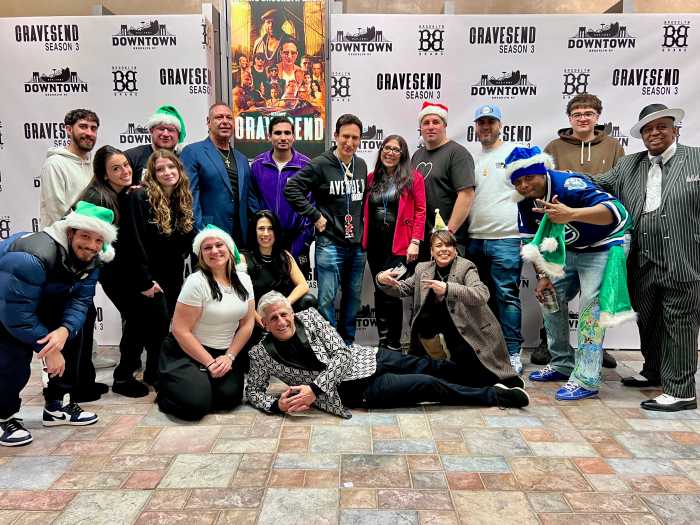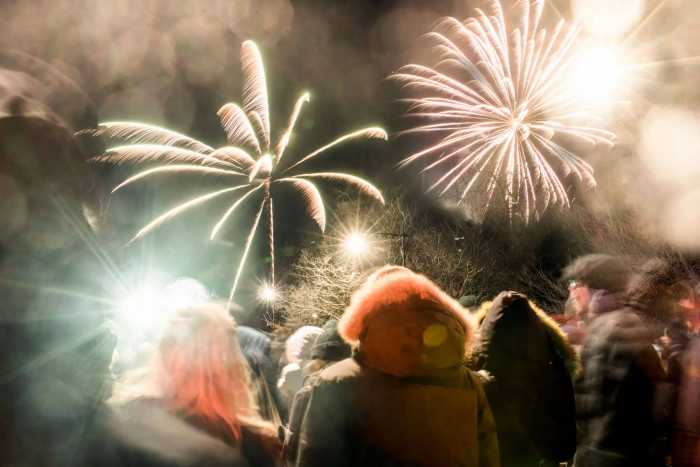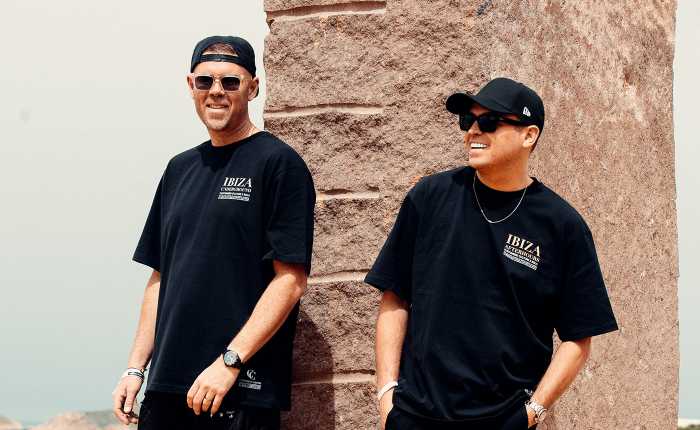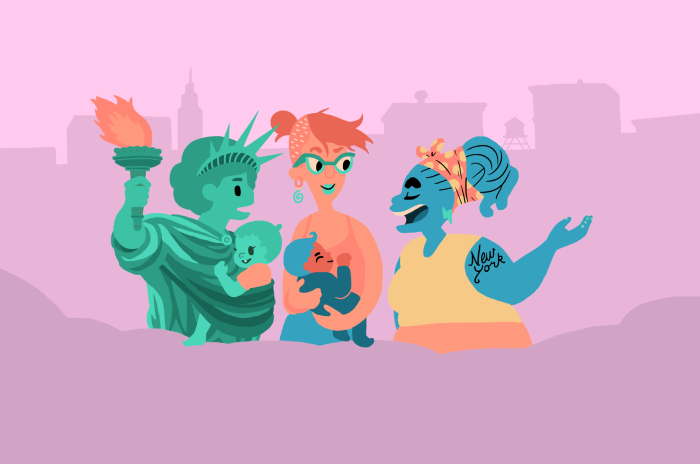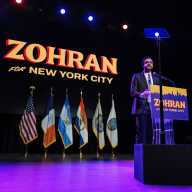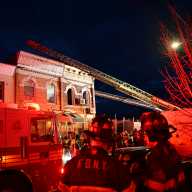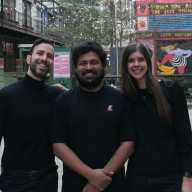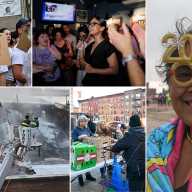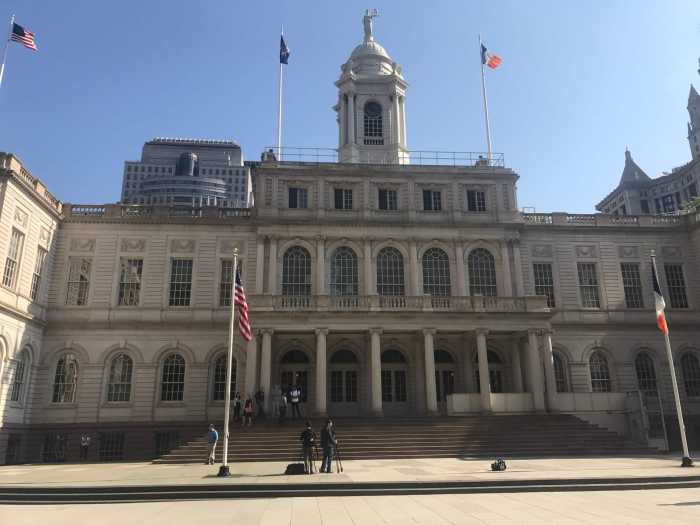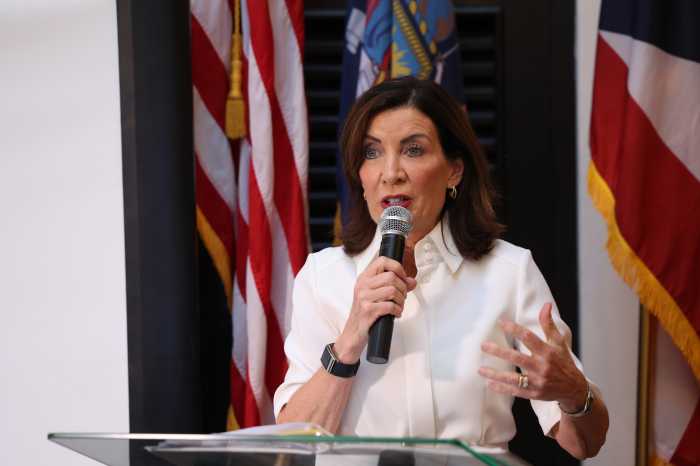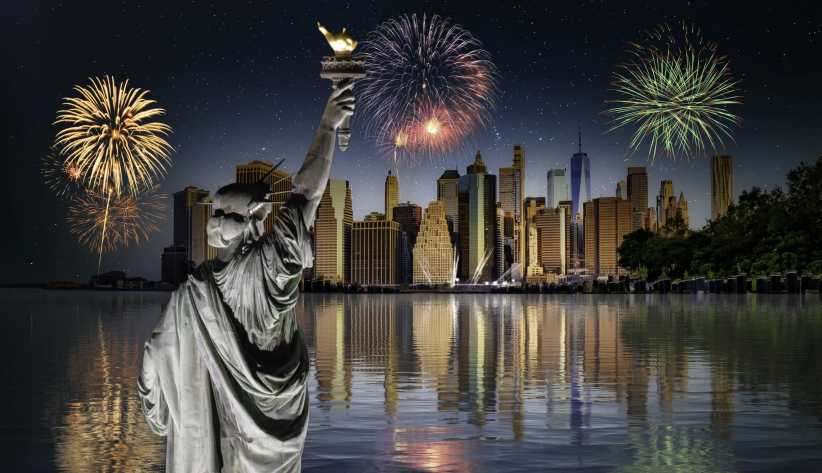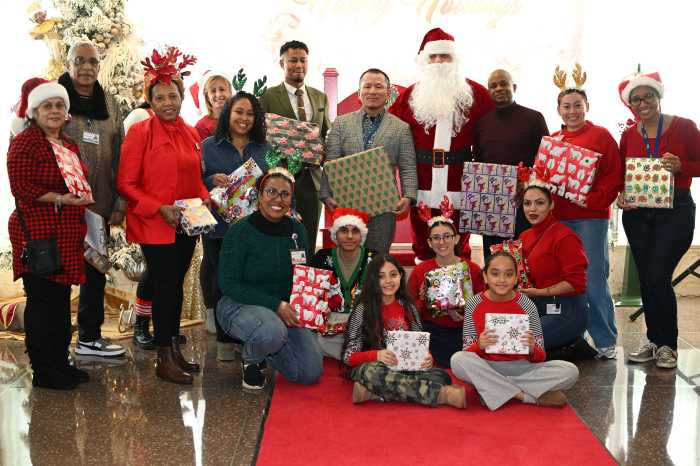Twelve up-and-coming New York City artists stepped into the spotlight with the debut of “Open Call: Portals,” a free visual art exhibition at The Shed in Hudson Yards.
Held each summer, The Shed’s Open Call program alternates annually between live performances and visual arts, offering early-career artists a platform to showcase boundary-pushing work across a range of mediums. Free to the public, it offers early-career New York artists an opportunity to showcase their work across a range of mediums.
“I like to see artists as people first, so it’s important to ensure they’re setting aside funds from the budget not only for the creation of new work, but also to sustain themselves as artists,” said Dejá Belardo, curator of “Open Call: Portals” and associate curator at The Shed. “After that, it’s about giving them a platform. We dedicate the same level of resources to this free exhibition as we would to any major, revenue-generating show at The Shed.”
Once the final 12 artists were selected based solely on their pitches, they were notified and given a year to develop their pieces. Belardo quickly noticed a unifying thread among the works: a shared exploration of connections between cultures and backgrounds that often go unrecognized.
“As I reflected on the show, I saw unexpected connections between the artists — despite their different backgrounds, there was a third shared space they all seemed to occupy,” said Belardo. “During the selection process and studio visits, common themes like spirituality, colonialism, and migration kept surfacing. The portal is an entry point into the overlapping experiences of identity and belonging.”
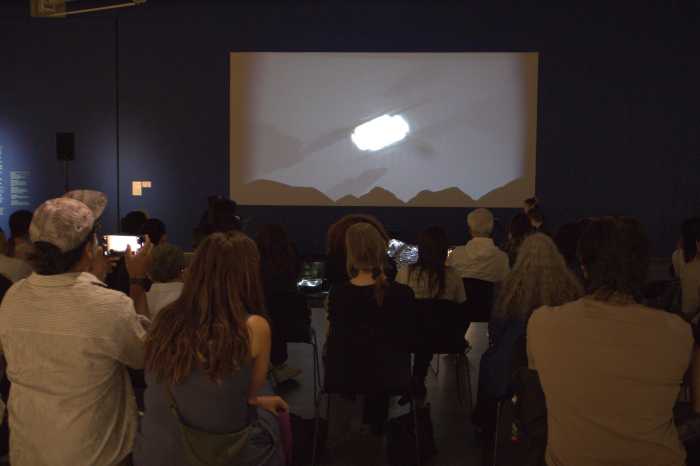
Zain Alam’s piece, an audiovisual installation titled “Meter & Light: Night,” is projected across three walls of a darkened room and explores the passage of time after sunset in Muslim life.
“I started out with music, but during the pandemic, I began reflecting on how much my religious upbringing shaped the way I wrote melodies,” said Alam. “That led me to think about what it might look like to translate the rhythms and daily timeline of Muslim prayer into a visual form.”
“Meter & Light: Night” is part of a larger ongoing series in which Alam delves into different moments of the day through the lens of Muslim prayer times. Based in Brooklyn, Alam cited his fellow Brooklynite artists as both a source of inspiration and a supportive community.
“I think part of the magic is being able to send out a quick call to friends and collaborators nearby and instantly bring something to life all together,” said Alam. “It really shows how powerful it is to have a creative ecosystem around you.”
Behind a large wall at the back of the exhibition, Mel Corchado’s “$ticky $in$” was displayed in a cooler space to preserve its form of clothing garments made entirely out of sugar. Designed to melt and break down over time, the work examines the link between fashion and industrial exploitation.
“As a Puerto Rican, I see clear parallels between our history of extraction–through land, labor, and industry–and the fashion world today,” said Corchado. “My grandmother was a garment worker after immigrating to the mainland and that legacy shaped how I understand my own identity within systems that continue to extract from both people and land.”
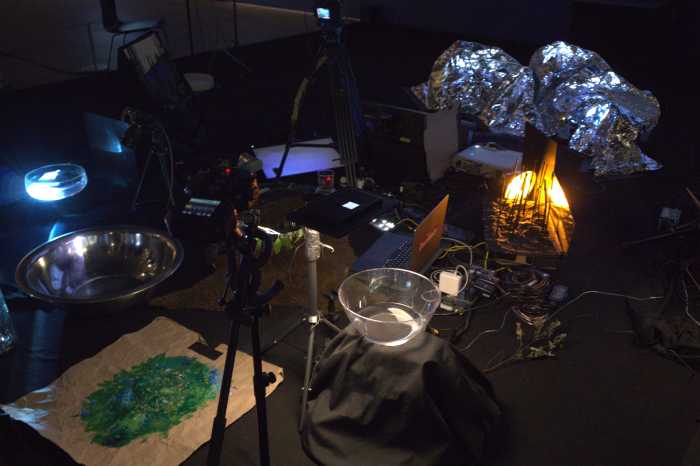
Corchado views clothing as an extension of the human body — an added layer that reflects identity. For “$ticky $in$,” she cast molds using actual garments, removed the fabric, then filled the forms with melted sugar. In total, she used over 1,000 pounds of sugar to complete the project.
“There’s a built-in impermanence because they’ll melt over the summer,” said Corchado. “It’s a strange reverse metaphor I keep thinking about because in fashion today, you buy something, wear it once or twice, and then it ends up in a landfill. But these pieces are the opposite — they’re meant to biodegrade.”
For Corchado, participating in The Shed’s Open Call was a milestone in her journey as an emerging artist. Aside from the funding, The Shed offered her large-scale production support to present “$Sticky $SinS” in a thoughtful and meaningful way. The opportunity to bring her vision to life at such a high production standard was one of the most rewarding parts of the program.
“You can have the most beautiful piece of artwork, but if you don’t have a way and a place to show it, then it can’t look to its full glory,” Corchado said. “The team was so gracious with their time and resources, and the production level can’t get any better than an institution like The Shed.”
At around 6 p.m. on a recent visit, a crowd gathered to watch Tyson Houseman, whose artwork is a soundscape video performance featuring live music. The structure of the show centers on building abstract landscape imagery inspired by Houseman’s home in the Rocky Mountains. By using visual artifacting and feedback effects, the piece creates an immersive environment that blurs memory, place, and perception. Titled “The Six Seasons,” the installation is Houseman’s ode to his indigenous roots within the Plains Cree community.
“The piece is called ‘The Six Seasons’ because it follows the traditional calendar structure from the Nēhiyaw community in Canada, where we recognize six distinct seasons instead of four” said Houseman. “At its core, the work also responds to the ecological crisis — a growing reality I see every summer and feels increasingly universal too.”
The song played during the performance — an original piece sung in Houseman’s Indigenous language — was one he wrote with his grandfather. Because Houseman didn’t grow up speaking the language and has been learning it as an adult, his grandfather helped translate it using his older, more traditional form of Cree. Rather than translating word for word, he first asked about the song’s meaning. That sparked a deeper conversation between them about tradition, ceremony and time, and how the past and future exist in a circle.
“When we were finished with the song, my grandfather told me how grateful he is that people in New York are going to hear these words,” said Houseman. “Knowing the work could carry his message became one of my biggest motivations and I’m grateful to have created a doorway for that.”
Similar to Alam, Houseman enjoys being in Brooklyn where there’s an emerging wave of up-and-coming young creatives. Being able to surround himself with fellow artists who he looks up to and is inspired by is one of Houseman’s favorite parts about Brooklyn.
“There’s a really beautiful, active energy in the space right now that feels palpable,” said Houseman. “Being part of such a strong show alongside artists I’ve admired, some of whom I’ve shown with years ago in grad school, makes it feel like we’ve grown up together. I thrive through collaboration, and being surrounded by artists who inspire me constantly pushes my work further.”
The Open Call program is special for Belardo, as her role as the curator extends far beyond connecting the 12 different art pieces to each other to shape a story. As a Brooklynite herself, Belardo recognizes the significance of new artists coming together in the borough to share their artistic passions and strives to support them by providing platforms like Open Call.
“We call the Open Call program the backbone of The Shed–it’s the most consistent thing we do,” she said. “We’re deeply committed to the exhibition and to supporting emerging artists. A large number of them are from Brooklyn, and the program really acts as an incubator, offering not just space to create in a city as expensive as New York, but also space to build community.”
The exhibition runs through Aug. 24 at The Shed, 545 W. 30th St. in Manhattan, with free admission to all Open Call events. Programming includes performances and conversations in the Level 2 Gallery and on the outdoor plaza, from 2 to 7 p.m. Tuesday through Thursday, 2 to 8 p.m. Friday, and noon to 8 p.m. on weekends.
For more information, visit theshed.org.


